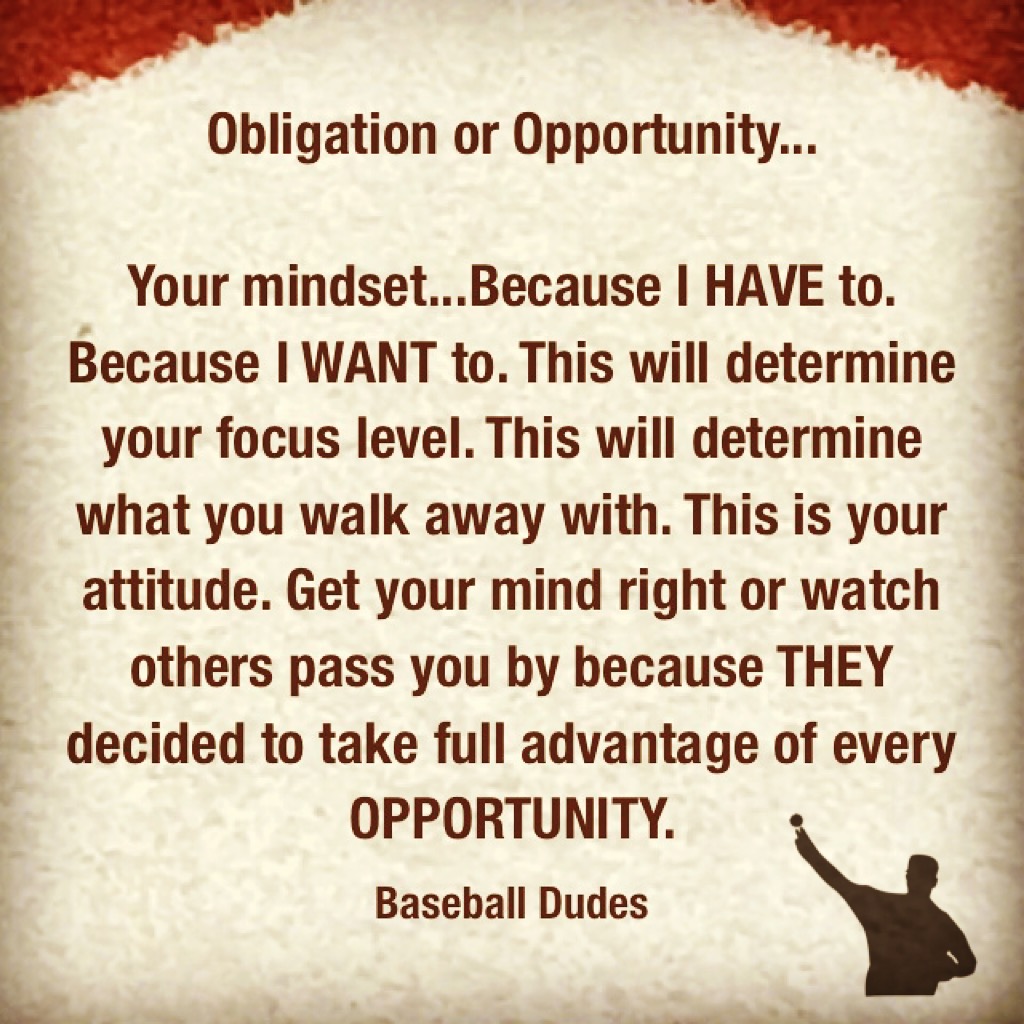 The first time I heard this was during my first year coaching. It took me a while to really understand this. Now, this thought runs through my head nearly every day. From the students I work with, to parents, to fellow coaches and instructors, this couldn’t be any more true.
The first time I heard this was during my first year coaching. It took me a while to really understand this. Now, this thought runs through my head nearly every day. From the students I work with, to parents, to fellow coaches and instructors, this couldn’t be any more true.
“When the Student is ready, the Teacher will appear.”
As a coach/parent, my one and only purpose is to give. Give as much as I can. GIVE RELENTLESSLY.
With this, I have come to learn that not everyone is looking for it. Not everyone is ready for it. Many will give signs that they desire it, but when it comes down to it, they simply aren’t there yet. Maturity, experience, ego, ignorance, pride, conceit…Whatever it is, they just aren’t ready.
That’s perfectly fine. When they ARE indeed ready, they will come find you. From an early age, it was ingrained in me to seek knowledge. My father reminded me often about who I was around and to “Pick their brains.” Learn as much as you can from everyone you can. Through this life long process, it has become quite clear that not everyone is the same. Everyone sees things in a different light. There is more than just one way to succeed.
Let me share a story…
My first year coaching, one of the pitchers on my staff was from a major D1 school. He was a high draft pick with a great arm. Long story short, he fought suggestion. His ego was like a brick wall. He had an issue repeating his delivery which in turn led to a not so good strike percentage which led to poor performance on the mound. As the season went on, one constant topic in our daily pitchers meetings was the importance in our ability to command the baseball and command the strike zone.
What many amateur (college and lower) pitchers/parents/coaches fail to realize is that a good fastball will only get you so far. It can get you in the door, but if you can’t dot the i’s and cross the t’s with it, you will never make it all the way. Hitters at that level have a better idea of the strike zone and seem to be born to turn around a 95 MPH fastball like it’s batting practice, when it’s left up and over the plate. Command, execute and repeat is the name of the game and if they can’t do that, their dream of becoming a big leaguer will vanish much quicker than they had ever imagined it would that day they signed their first professional contract.
About half way through the season, we had a miserable series. As a whole, we were struggling. It happens. That’s baseball, that’s life. It came to a head one night and I called a meeting with my pitching staff after the game. It was a tough love lecture. The truth hurts kind of message. “Some of you may find yourself at home come this time next year if you don’t figure it out!”
About two minutes after that meeting was over, this young man came into my office and asked to talk. He broke down. It was hard to see but was obviously a turning point for him. His words…”I’m ready.”
He was starting to see the writing on the wall. The competition at that level is like no other. The best player in your area becomes just another guy when they step into a professional locker room.
After a change in mindset and a couple weeks of work, he started to turn things around. He finished the season with a different approach and better results. Unfortunately for him this all happened a little too late. A couple years later, his opportunity came to an end. This is a story like many, an amateur player with a lot of talent. He was never really TAUGHT how to turn that talent into a skill. He developed as a thrower, and not a pitcher, and was never able to fully overcome this. His ego and lack of being coachable. His maturity level and his lack of humility. They buried him.
Players, parents and coaches, don’t let this happen.
I’ll tell you right now young pitchers, your big fastball is just a talent. It may get you somewhere but if you desire to make it all they way, you better learn how to command it.
Parents, raise humble, coachable, selfless young men. Men who want to learn.
Coaches, BE COACHABLE. None of us have it all figured out. When we stop looking for information, for inspiration, for guidance and for assistance, we have put a ceiling on the amount we will be able to give our players, children and your family.
“When the student is ready, the Teacher will appear.”
 Chris Gissell (173 Posts)
Chris Gissell (173 Posts)Founder of Baseball Dudes. Blessed with three beautiful children and an amazing wife. Baseball is my life, after my family, and I love sharing what I have learned from it. Thanks for taking the time to view what we offer here at Baseball Dudes.
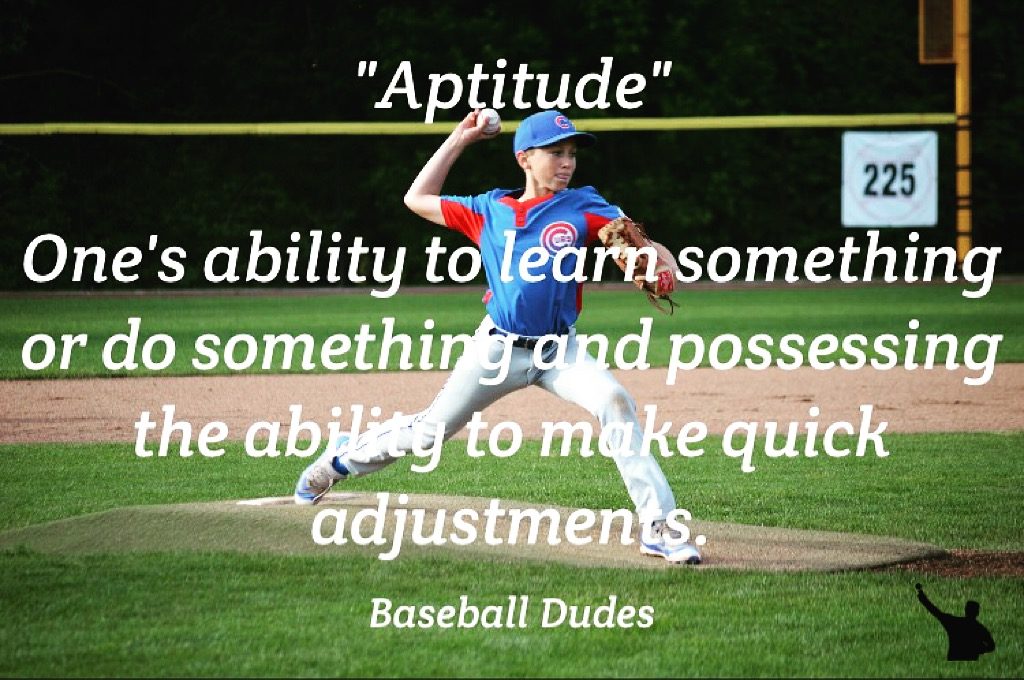 This word is used often amongst coaches at the higher levels of this game.
This word is used often amongst coaches at the higher levels of this game.




 I first experienced “Dead Arm” as a young professional. It’s painful. It’s annoying. If it gets bad enough, it feels like your arm will break at any moment with each throw. It can even wake you up at night. It’s not fun!!
I first experienced “Dead Arm” as a young professional. It’s painful. It’s annoying. If it gets bad enough, it feels like your arm will break at any moment with each throw. It can even wake you up at night. It’s not fun!!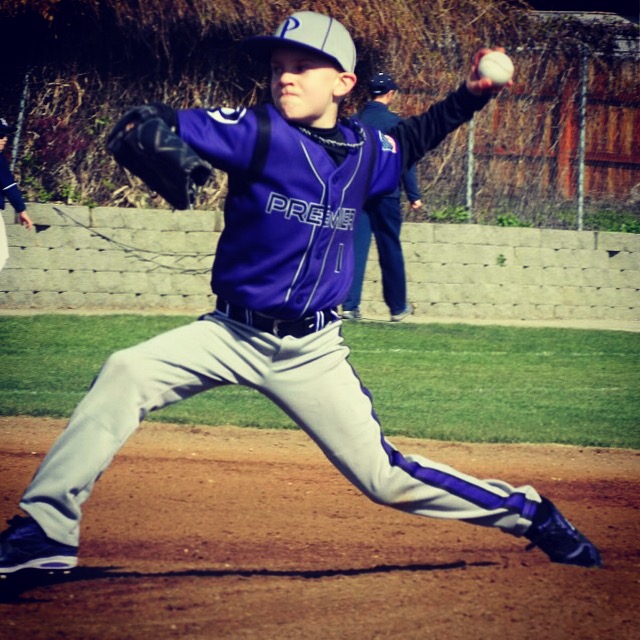 What does it mean to “Condition” an arm and why is it important?
What does it mean to “Condition” an arm and why is it important?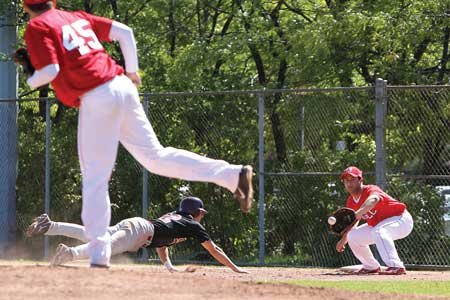 Such an important piece as our young ones are preparing for their baseball life on the big field and their High School career and hopefully beyond.
Such an important piece as our young ones are preparing for their baseball life on the big field and their High School career and hopefully beyond. Having had many teammates and many coaches, there’s one common theme with the best. The ones who saw more long term success. The coaches who had the most trust from their players.
Having had many teammates and many coaches, there’s one common theme with the best. The ones who saw more long term success. The coaches who had the most trust from their players. There are plenty of different Change Up grips to try/use.
There are plenty of different Change Up grips to try/use.
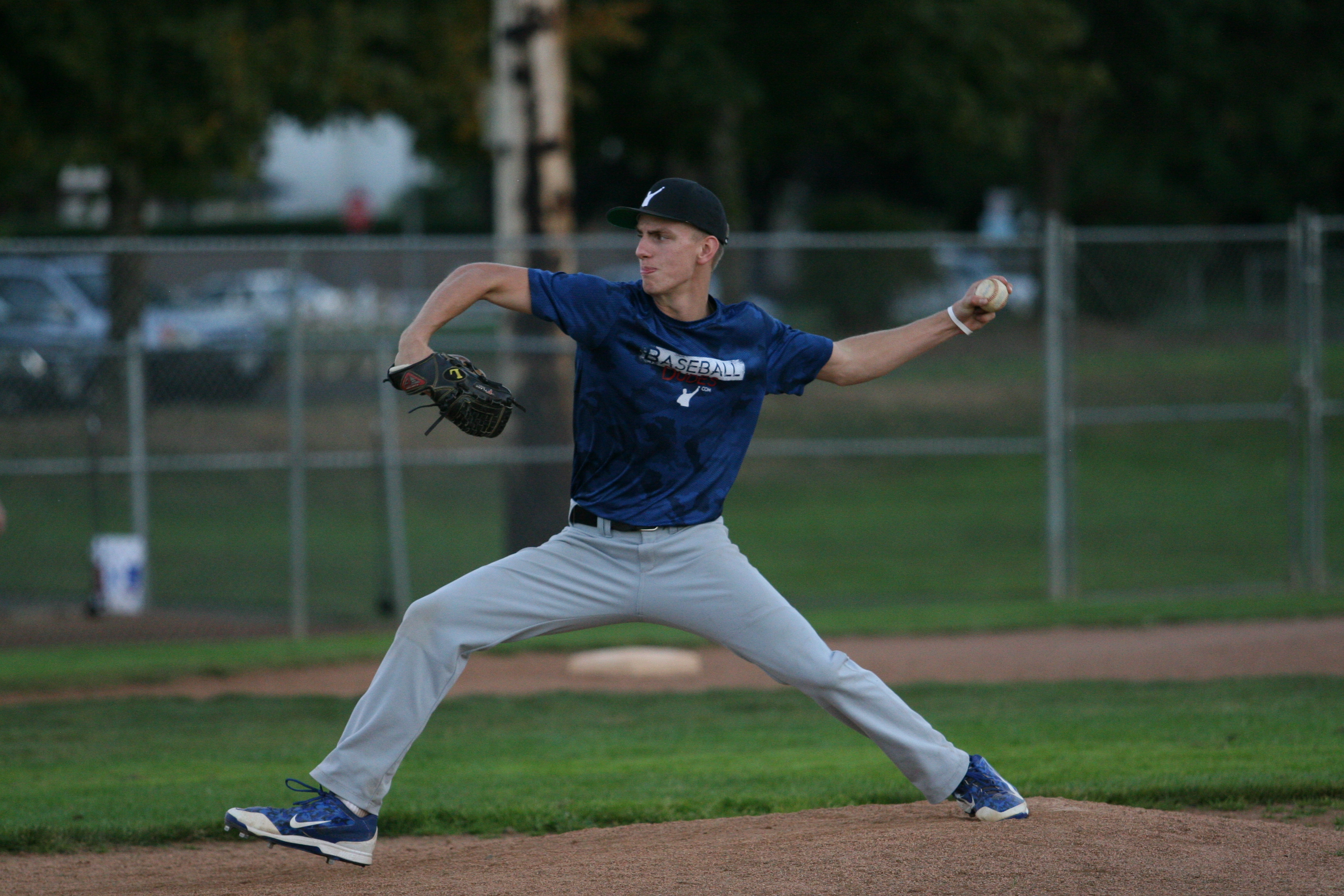 Tempo may also be referred to as “Pace” or “Speed” of the game. “Tempo” is controlled by the pitcher and catcher. Working quick may be the number one way to make a hitter uncomfortable, put the advantage in the pitchers hands and keep the flow of the game moving which also greatly benefits the focus of our defenders on the field. This can be judged by the amount of time between innings and pitches. At the professional level, we would shoot for 8-12 seconds from the release of one pitch to the release of the next. Obviously, this will be different when the ball is put in play, a mound visit is taken, etc.
Tempo may also be referred to as “Pace” or “Speed” of the game. “Tempo” is controlled by the pitcher and catcher. Working quick may be the number one way to make a hitter uncomfortable, put the advantage in the pitchers hands and keep the flow of the game moving which also greatly benefits the focus of our defenders on the field. This can be judged by the amount of time between innings and pitches. At the professional level, we would shoot for 8-12 seconds from the release of one pitch to the release of the next. Obviously, this will be different when the ball is put in play, a mound visit is taken, etc.  The first time I heard this was during my first year coaching. It took me a while to really understand this. Now, this thought runs through my head nearly every day. From the students I work with, to parents, to fellow coaches and instructors, this couldn’t be any more true.
The first time I heard this was during my first year coaching. It took me a while to really understand this. Now, this thought runs through my head nearly every day. From the students I work with, to parents, to fellow coaches and instructors, this couldn’t be any more true.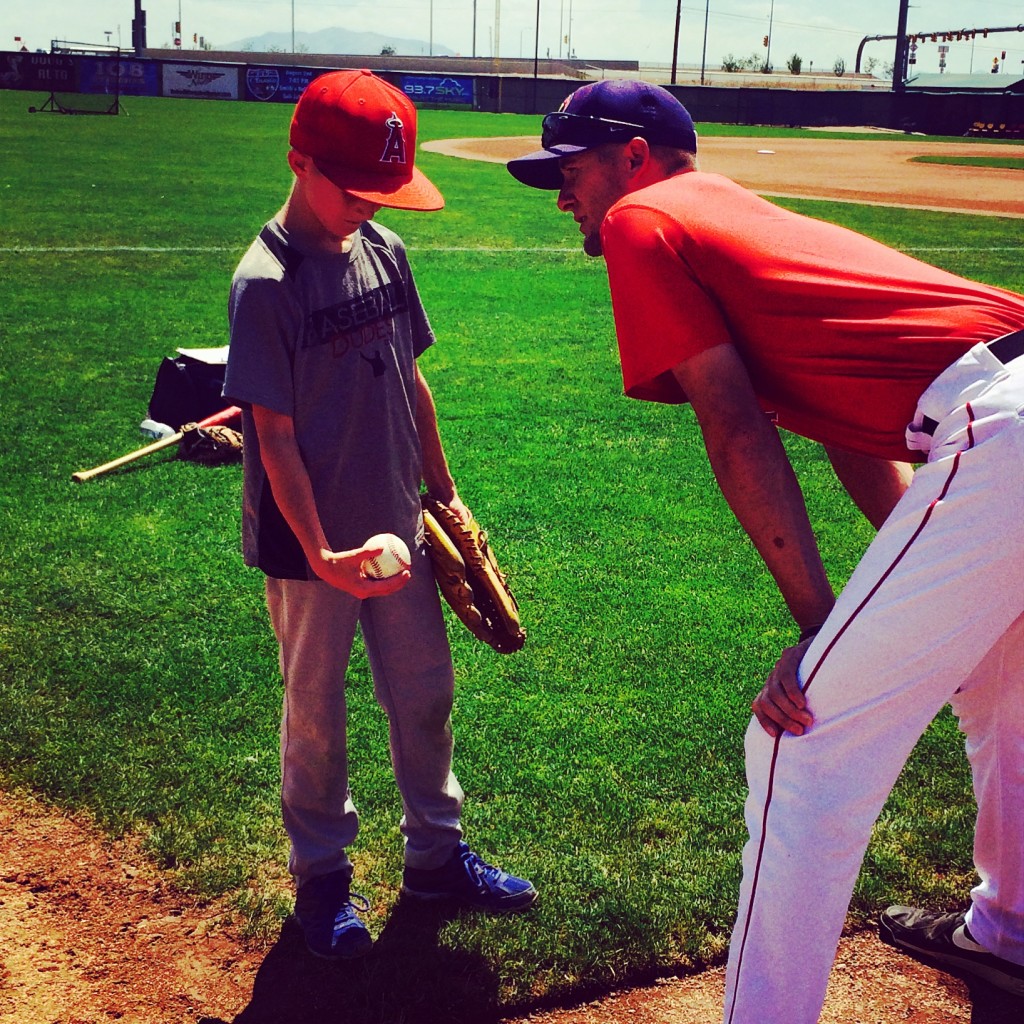 Woah…Slow down…
Woah…Slow down… I woke up this morning thinking about our 9/10 year old Instructional League group. They are great. What a fun group of energized little people. They are all happy to be there. Want to learn and are doing their best to take in as much info as they can.
I woke up this morning thinking about our 9/10 year old Instructional League group. They are great. What a fun group of energized little people. They are all happy to be there. Want to learn and are doing their best to take in as much info as they can. Any player can fall into a slump at any given time. No matter how good they are, at some point, it will happen.
Any player can fall into a slump at any given time. No matter how good they are, at some point, it will happen.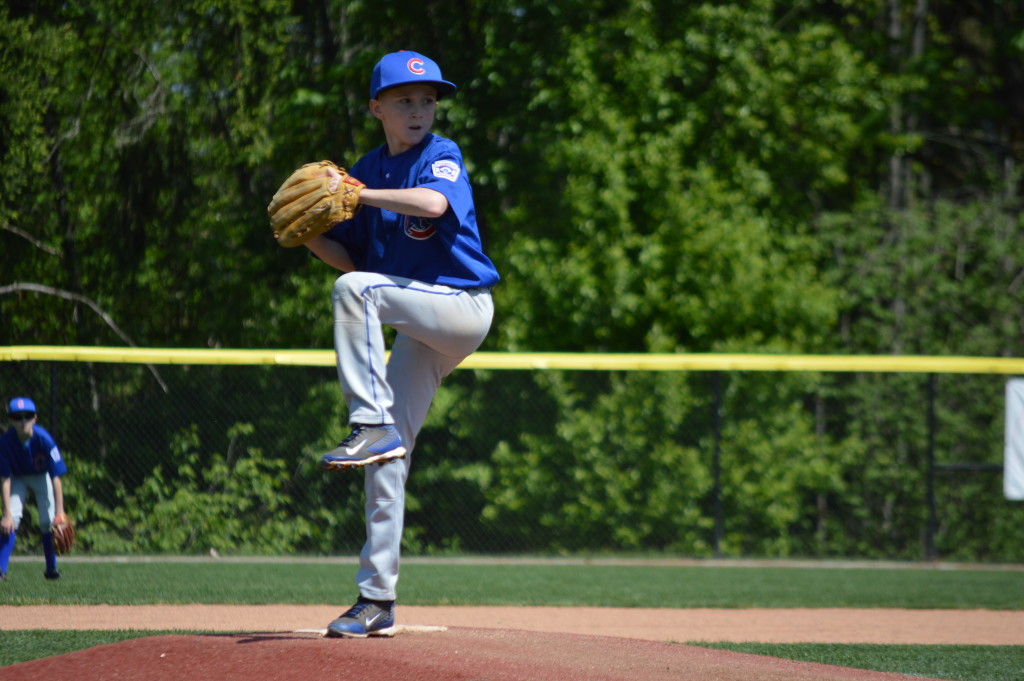 Parents and Coaches…
Parents and Coaches… Another great life lesson this game can teach you, if you allow it, is how to relate to all different types of people.
Another great life lesson this game can teach you, if you allow it, is how to relate to all different types of people.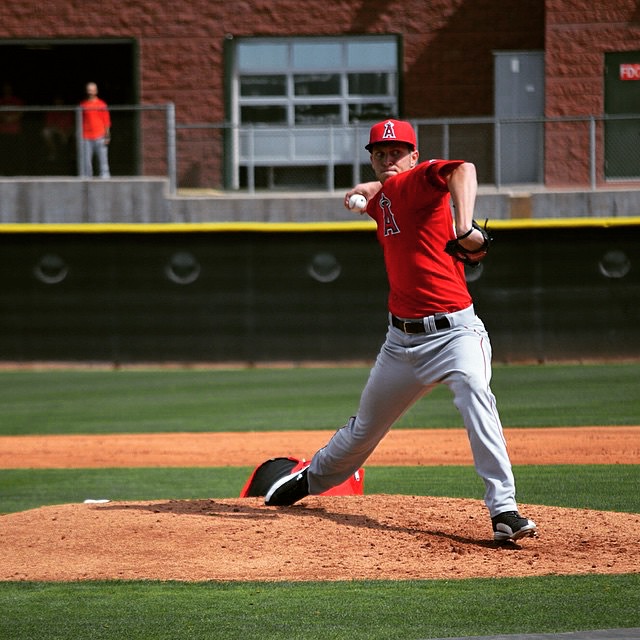 Both draw power from the lower half. Both need direction towards their target; Pitcher striding towards the catcher and the Hitter striding towards the Pitcher. Both use the hips to generate torque for the upper half to come through. Both need the upper half to stay closed as long as possible (until the stride foot hits the ground) for your upper half to come through with the most whip possible. They are both very similar to one another.
Both draw power from the lower half. Both need direction towards their target; Pitcher striding towards the catcher and the Hitter striding towards the Pitcher. Both use the hips to generate torque for the upper half to come through. Both need the upper half to stay closed as long as possible (until the stride foot hits the ground) for your upper half to come through with the most whip possible. They are both very similar to one another.